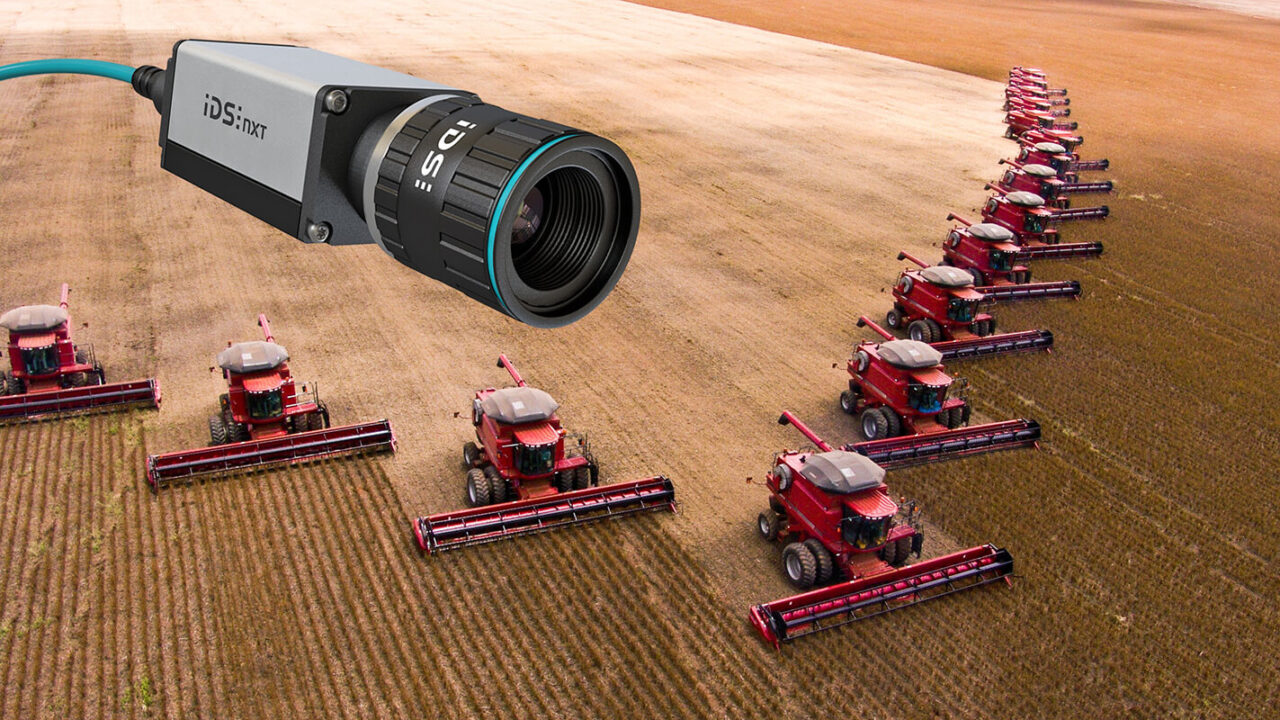Ohio: Where Has All the Marestail Gone?
For the second year in a row, we are scrounging to find enough marestail at the OARDC Western Ag Station to conduct the research we had planned on this weed, according to Mark Loux at the Ohio State University Extension’s Agronomic Crops Network. After years of having plenty of marestail, we have had to look around for off-site fields where there is still a high enough population. Which, since we are scientists after all, or at least make our best attempts, left us thinking about reasons for the lack of marestail, and our overall marestail situation, and seedbanks.
While the short game in weed management is about getting good enough control to prevent weeds from being a yield-limiting factor and interfering with harvest, the long game is about preventing seed production and managing the soil seedbank. One of the characteristics shared by marestail, giant ragweed, and the nasty pigweeds, waterhemp and Palmer amaranth, is a rapid decline in seed viability in the soil within the first year, and an overall decline to 5% or less viable seed within 3 to 4 years.
Another characteristic of marestail and pigweed seed is a relative lack of dormancy, which results in the potential for an almost immediate increase in population the year following a year of substantial escapes and seed production. How big that increase is depends upon how many plants go to seed and how many seeds are produced per plant, with the potential of up to about 200,000 seeds per marestail plant and one million per waterhemp or Palmer amaranth plant. The net result of these two characteristics, though, is that these weeds can ramp up population fast following a year of poor control, but populations can also decline rapidly with good control that prevents seed.
Continue reading at the Agronomic Crops Network.





